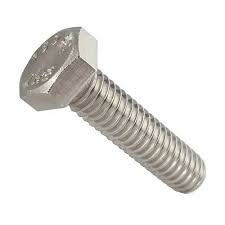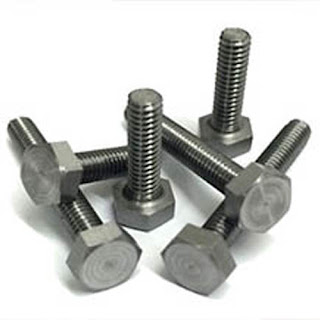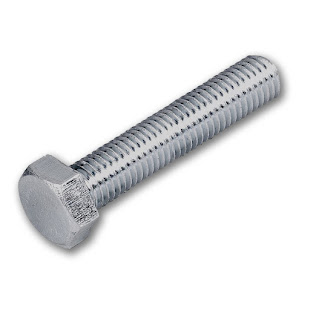A4-70 Stainless Steel Hex Bolt
.jpg)
A4 70 Hex Bolt is composed of austenitic stainless steel grades 316 or 316L. The letter A in the name denotes that the fasteners are made of cold wrought austenitic stainless steel. maker of many A4-70 Stainless Steel Bolt grades and requirements The dimensions are governed by many criteria. The A4-70 Hex Bolt and other fasteners in this category are available in sizes ranging from M10 to M100. Because of their geometric designs, A4-70 hex bolts are stronger and are suitable for use with heavy instruments. The minimum tensile strength of the A4-70 SS Bolt is 700 Mpa. The number 70 denotes one-tenth of the minimum tensile strength in MPa. The A4-70 Stud Bolt is one of the varieties that features a stud and is commonly used in piercing applications. These fasteners are suitable for use in high-temperature settings. They can function at temperatures of up to 870 degrees Celsius. The A4-70 Grade Stainless Steel Bolts are also resistant to corrosion. The substance contains phosphorus,





